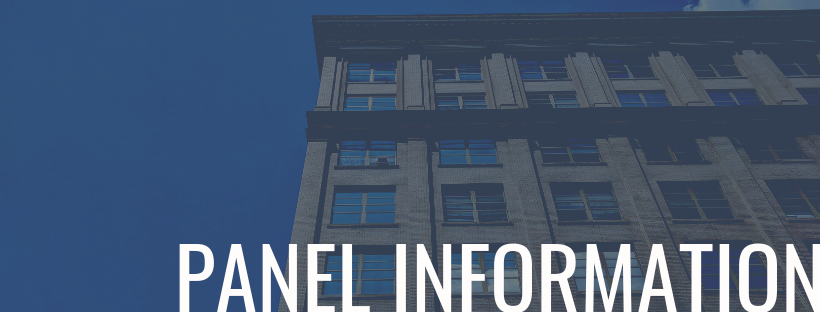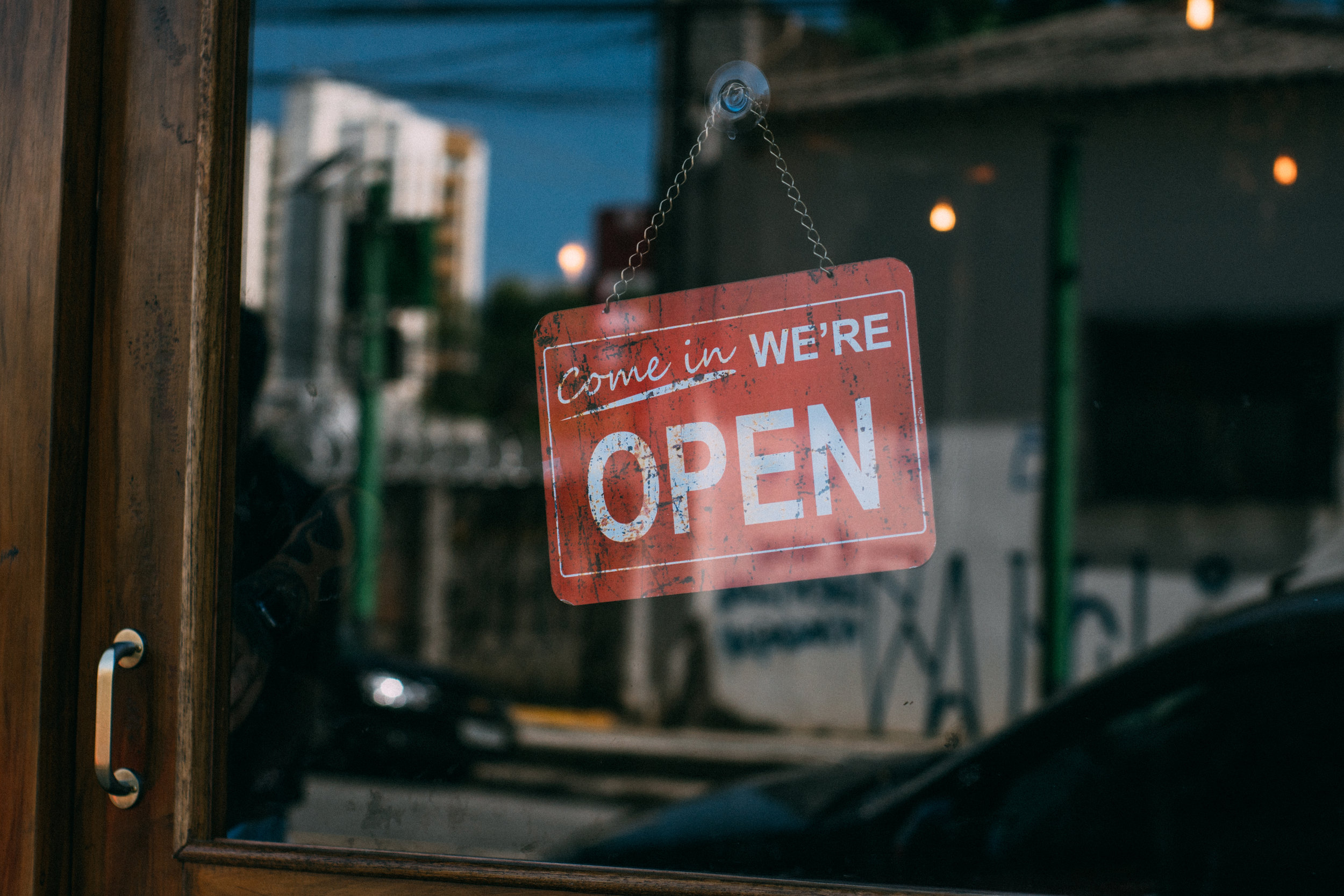The 2019 Summit will offer attendees fresh, new perspectives on comprehensive and sustainable growth for Ohio’s cities by bringing together experts, policymakers, and local leaders from Ohio and beyond. Information on the panels at the 2019 Summit are below.
Starting Somewhere: Placemaking as a Tool for Revitalization
Quality of place is an emerging issue in economic development as more companies follow talent, and talent wants high quality places to live. The art of placemaking is a broad concept, but results in a number of concrete actions that can be both large and small. These small actions can be the nudge that helps people feel differently about a place and want to spend time there.
Several states have adopted placemaking as a core component of their economic development strategies, including several in the Midwest. This panel will explore how placemaking efforts can be used to be the foundational base for revitalization efforts as well look at how placemaking can be worked into existing economic development strategies.
Civic Capacity: Building the Foundation for Revitalization
Strong civic infrastructure has been found to be the most important factor in small legacy city revitalization – but building it is far easier said than done. It requires individuals in the community to be adaptive leaders who can seize opportunities, respond to adversity and draw plans that the community is able to move.
Civic capacity exists on a continuum – no community is completely without capacity, neither is any place at 100%. This panel will look at what concrete steps can be taken to build a community’s civic capacity muscle and how communities have built their civic infrastructure both formally and informally to help advance revitalization.
Connecting People to Places: Fueling Innovation in Public Transit for Ohio
Ohio is a diverse state, requiring a range of transportation options. Yet, inadequate state support for transit has held back systems from innovating, and has jeopardized or service quality. Other states and metro regions have found that a pro-active vision for transit, that makes the business case for investment, does convince policymakers, the constituents they trust, and voters to invest in transit. This panel will discuss what transit could look like in rural and urban Ohio in the 21st century, and what it will take to get there.
Investing in Ohio's Communities through a Statewide Brownfields Program
Ohio has the potential to bring in millions of dollars in additional tax revenue, provide jobs, and create new housing options if we seize the opportunity to redevelop Ohio’s brownfields. Found in every county, these former industrial and commercial sites are unusable for new development in their current condition. Panelists will discuss state and federal policy changes, current advocacy work at the state level, and locally-driven solutions that have strategically enhanced brownfields work in the state of Ohio. Panelists will discuss the economic impact of brownfields for the state of Ohio.
Financing Revitalization in Ohio's Cities and Towns
The past decade has shown that communities, large and small, must be prepared to weather economic challenges, and be prepared to bounce back. Communities are in the midst of finding strategic ways to finance their revitalization efforts in order to attract investment and jobs, revitalize downtowns, and rebound from the Great Recession – which left Ohio’s neighborhoods and smaller downtowns struggling. Communities have found ways to be proactive, rather than reactive: have the structures in place to attract investment and strategically revitalize in tough economic times. Panelists will discuss how revitalization looks for Ohio’s communities and ways that communities have prepared and are preparing for strategic investment. Panelists will discuss Opportunity Zones, community-created redevelopment funds, and other strategies to attract or generate needed capital
Preserving Neighborhoods of Choice Through Affordability
In recent years, parts of Ohio have experienced a new wave of housing insecurity, with many residents unable to afford skyrocketing rent prices and mortgage payments. Affordable housing is a challenge in small and large communities across the state. Despite insufficient federal or state funding to combat these challenges, local practitioners and advocates are working with landlords, bringing the private sector to the conversation, and developing unique strategies for supporting affordable housing development and preservation across Ohio. Panelists will describe some of the ways their organizations have taken on this issue.
Market Rate Housing in Weak Market Cities
As many Ohio neighborhoods have seen rising home and rent prices, others have experienced stagnation and decline with property values too modest to easily access traditional sources of lending for home repairs or purchases. Communities around the state are taking steps to preserve neighborhoods from falling into deeper decline and working to attract investments that will result in market-rate housing for a range of incomes.
Preparing for Investment: Ensuring Communities have the Right Tools
Investments of any type —whether through newly created Opportunity Zone Funds or traditional economic development channels—aren’t guaranteed to come to Ohio’s cities and towns. Resources are scarce and competitive, which means communities must be prepared, at all levels, to attract and retain investments. Opportunity Zones could be a game changing tool in accelerating revitalization and attracting new investment in Ohio’s communities, if they are able to demonstrate to investors that they are prepared and capable of effectively deploying investments.
This panel will discuss how communities can put their best foot forward to compete for investment. Panelists will discuss technical assistance program other states provide to their communities, what Ohio can to do support our communities, and what state policymakers are currently doing to support Ohio’s communities.
Bus Tour: Milo Grogan
The Columbus neighborhood of Milo-Grogan is like many urban core neighborhoods—significant changes to the neighborhood’s physical, economic and social structures diminished its former vibrancy. Within the last five years, public and private investments, new businesses, and new residents have begun to generate excitement within and outside the neighborhood. Its proximity to downtown and other “hot market” neighborhoods, however, make it vulnerable to dramatic changes that could bypass, instead of benefit, longtime residents. On this bus tour, participants will get a first-hand look at the new investments in the neighborhood and learn what pro-active steps are being taken to preserve this close-knit, mixed-income community.










